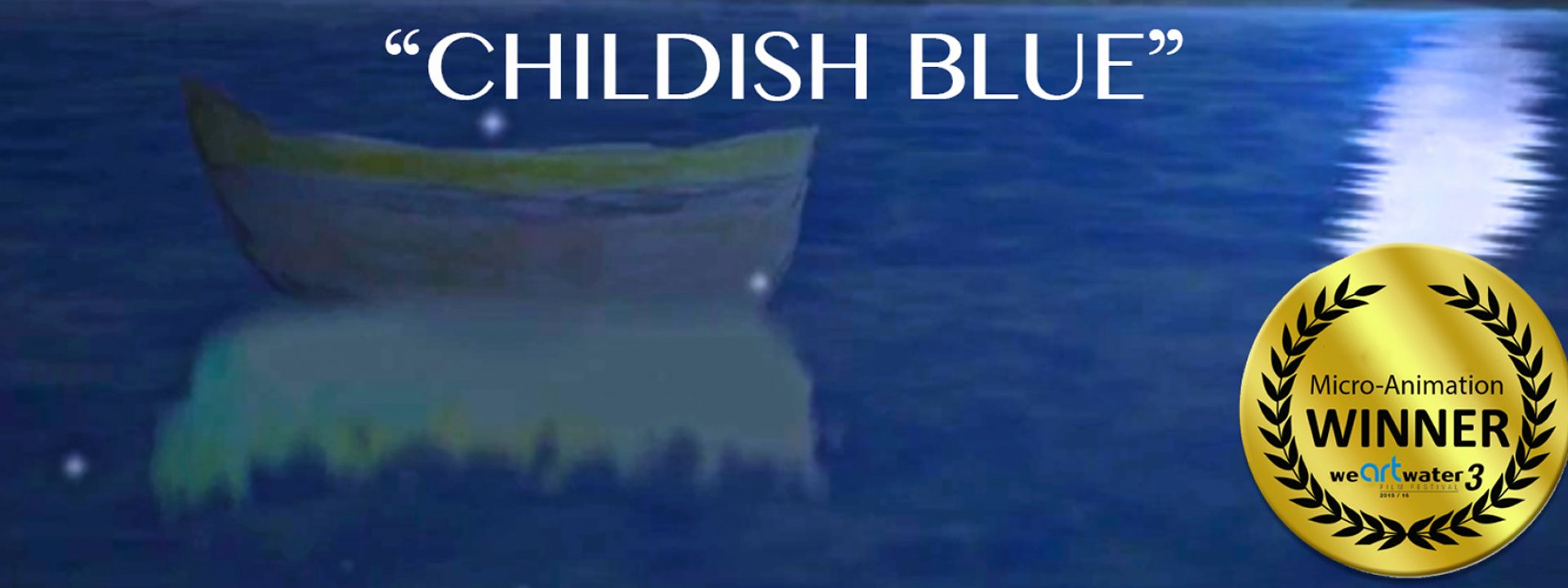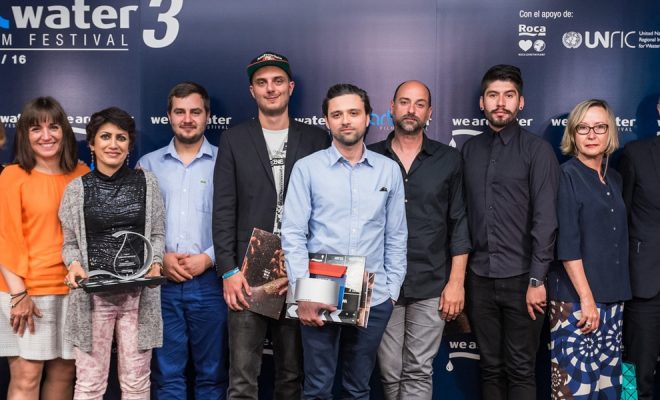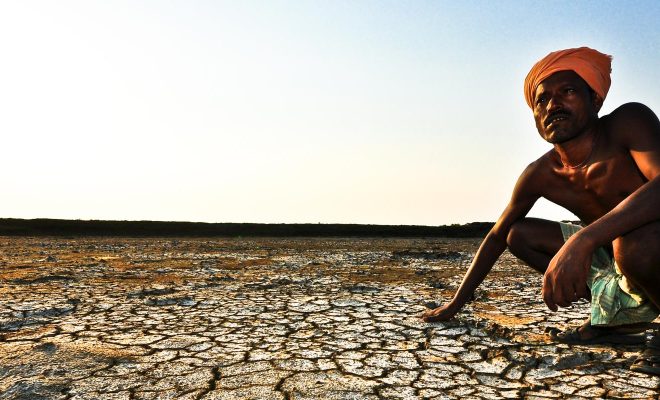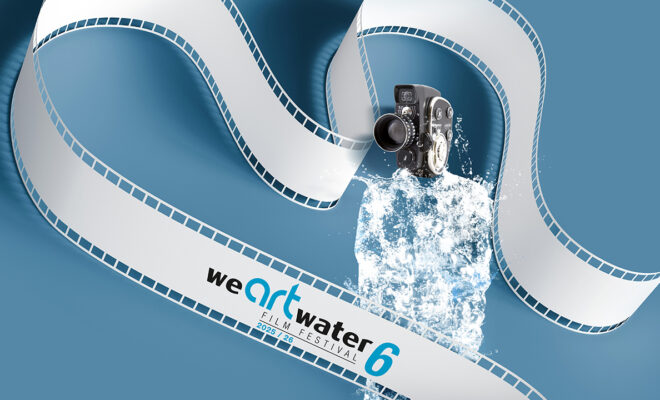The short film by Azadeh Deghani, winner of the We Art Water Film Festival 3in the category of micro-animation, shows with tenderness how an ecological disaster can be an emotional blow that leaves a wound in our memory.
The drying up of Lake Urmia, similar to that of the Aral Sea, is a lesson we need to learn. The main character in Childish blue gives us a clue.
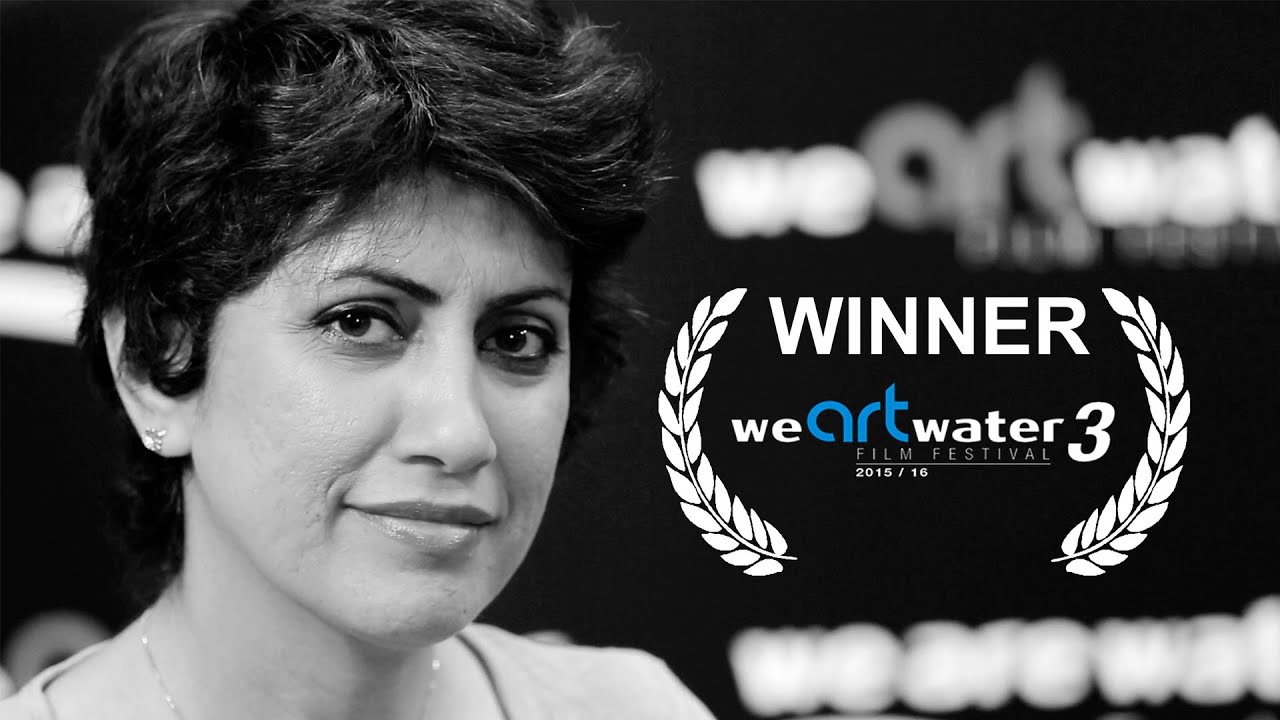
New Interview with Azadeh Deghani, Winner of We Art Water Film Festival 3
The disappearance of the lake is much more than an ecological disaster; it is an emotional blow that leaves a wound in our memory. In Childish blue, Azadeh Deghani shows us through the tenderness and simplicity of a childish mind the crude reality of what is beyond the disappearance of water: the loss of life, of happiness and the arrival of a dark menace to the planet. But Childish blue is also a song of hope and a clue to be followed: to recover the simplicity of the children´s imagination to raise awareness, the goal is to make life return. We have resources for this; below we will explain a few.
Why does Lake Urmia disappear?
When in 1977 UNESCO declared Lake Urmia and the wetlands that surrounded it a biosphere reserve, the expanse of salt water measured 145 by 50 kilometres. Now this surface has decreased by around 88% and the former bottom of the lake appears dried up, covered mostly by a white layer of salt.
The brine shrimp lived in the lake, a crustacean that is able to live in salt concentrations of up to 340 grams per litre. This crustacean was the main food supply for the migratory birds that the main character in Childish blue draws in her notebook: flamingos, pelicans, ducks and herons; most of them have practically disappeared.
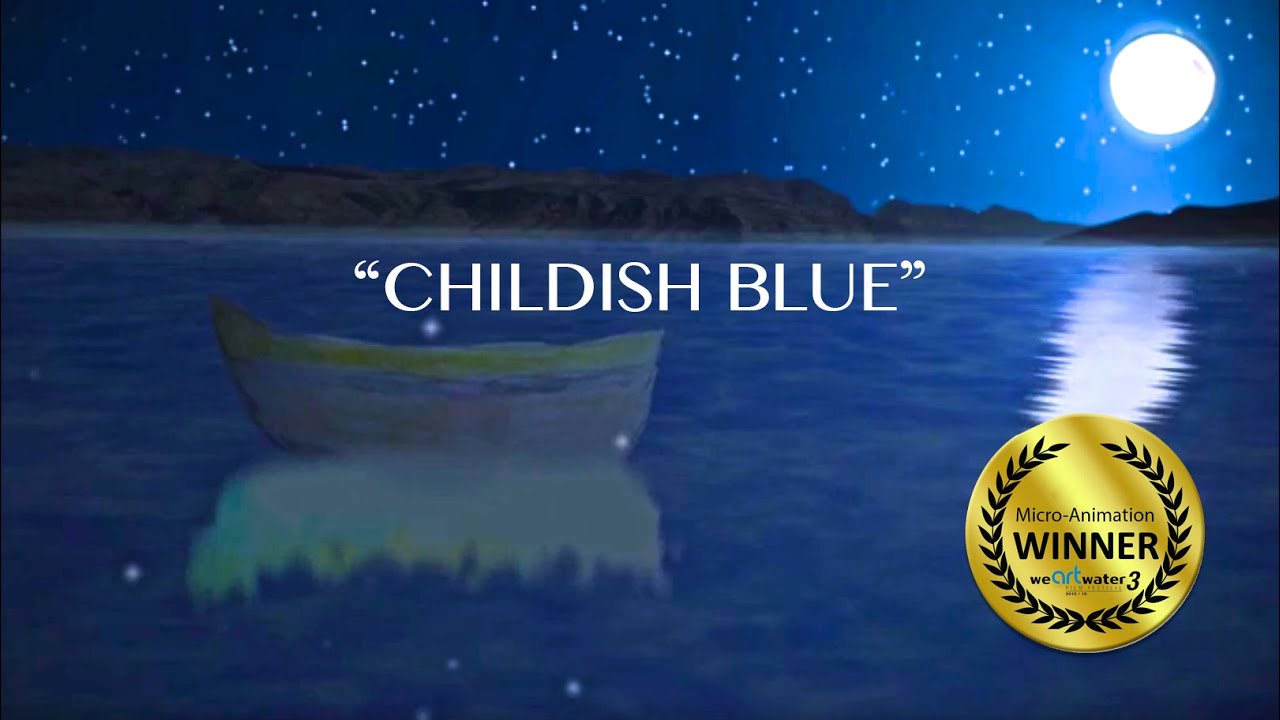
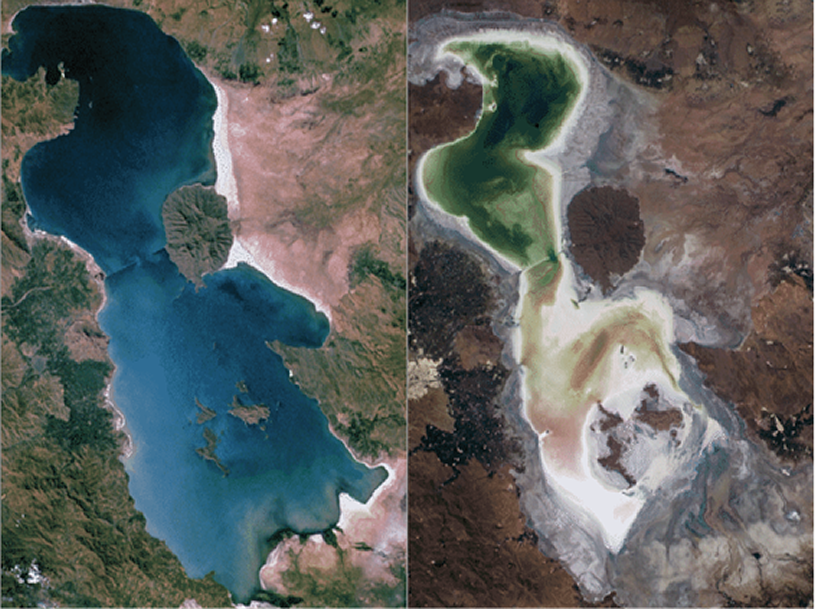
Satellites views of Lake Urmia. On the left, in 1984; on the right, in 2014. © NASA
Some scientists already call it “the syndrome of the Aral Sea” (see the documentary Aral, the lost sea by Isabel Coixet): the accelerated drying up of a lake that loses its water due to different causes; the droughts caused by climate change are one of them, but the most important ones are those caused by human mismanagement, perhaps the thirsty ogre that takes away the water in Childish blue. In this regard, experts have pointed out that:
- During the last decades, the ancestral plantations of rain-fed cereal were substituted by fruit trees that need larger amounts of water and that have led to a sixfold increase in the number of wells in the area in three decades.
- The considerable growth of industry in coastal cities has increased the consumption of fresh water and its pollution.
- The construction of upstream dams in rivers that flow into the lake have considerably decreased the water contribution.
- The building of a road from east to west, when at the end of the 90s Lake Urmia was turning into a desert, has accelerated the process by cutting off the water flow from the deeper to the more superficial areas that have therefore dried up more rapidly.
Climate change threatens Iran, but it is not the main cause
Asia has around 1.7 billion hectares of arid, semiarid and sub-humid areas that make up an enormous belt that expands from the Mediterranean coast to the Pacific. There are growing desertification processes in China, India, Iran, Mongolia, Pakistan, Syria and Nepal, and deforestation has already been detected in the mountain areas of Laos.
In Iran, which is one of the most arid countries, around 500 hectares of land dry up every year. But according to experts, Lake Urmia has endured more severe droughts along its thousands of years of history. Climate change is a threat, but human action is it even more.
A problem which is difficult to solve
The drying up of Lake Urmia has initiated several debates in the Iranian parliament and recently the government has decided to implement a plan to try to recover the lake. It will be the most ambitious environmental plan in the country, with a planned investment of 6 billion dollars in the next few years.
The project is based, initially, in the collection of the enormous amount of salt present in the dried-up surface to slow down the salinization of the ground water. This would also avoid the terrible salt blizzards that periodically strike the coastal areas, affecting the health and crops of its inhabitants. The plan does not foresee the spilling of water into the lake, as tried two years ago, as it would evaporate and mix with the salt, turning it useless to regenerate the ground water.
At the same time, the ground water will be cleaned up by providing water to the Aras River, which flows north of the lake into the Caspian Sea. In winter, the Aras has a surplus flow that may reduce the salinity of the wells that are now useless.
One of the essential actions will be to replace the existing irrigation methods, unsustainable due to their high evaporation rate, with drip irrigation ones that make a better use of water. A training plan for farmers is therefore necessary, as well as the provision of infrastructures.
A difficult project, but one we will all learn from. Will the birds be able to colour the drawing of the lake again? It is worth trying.


